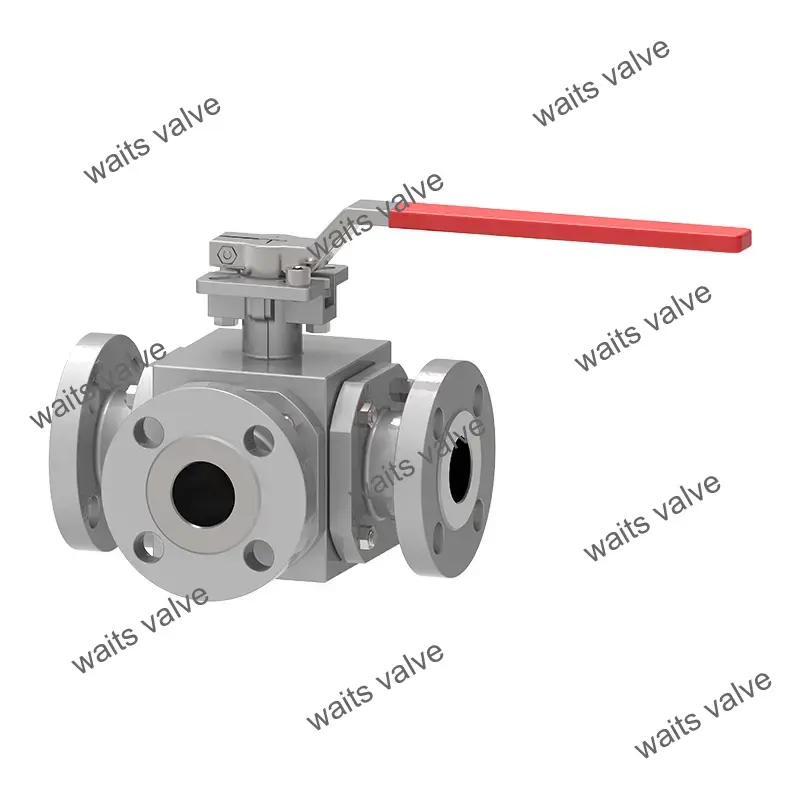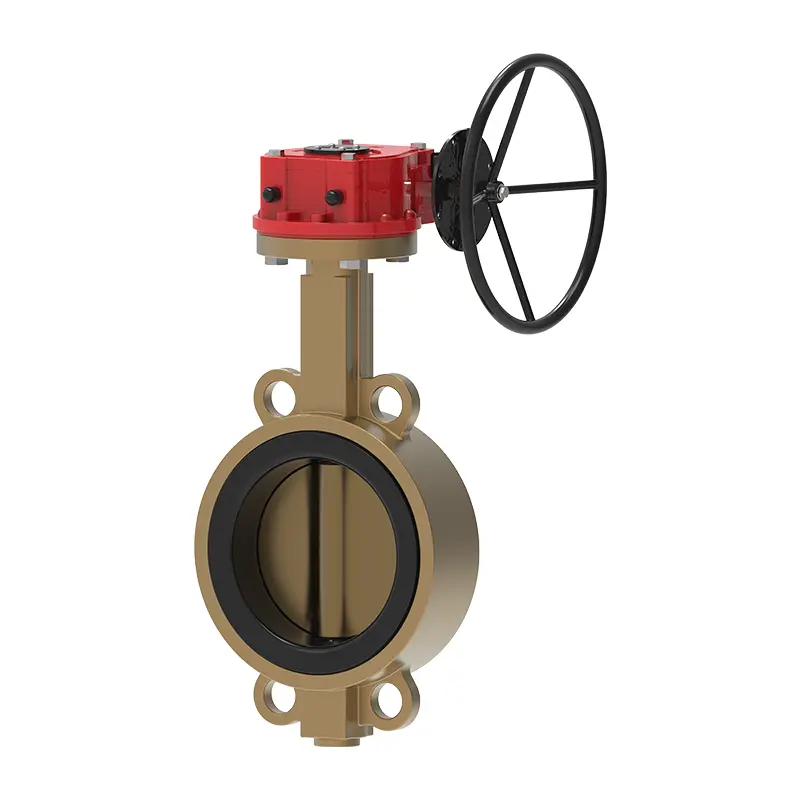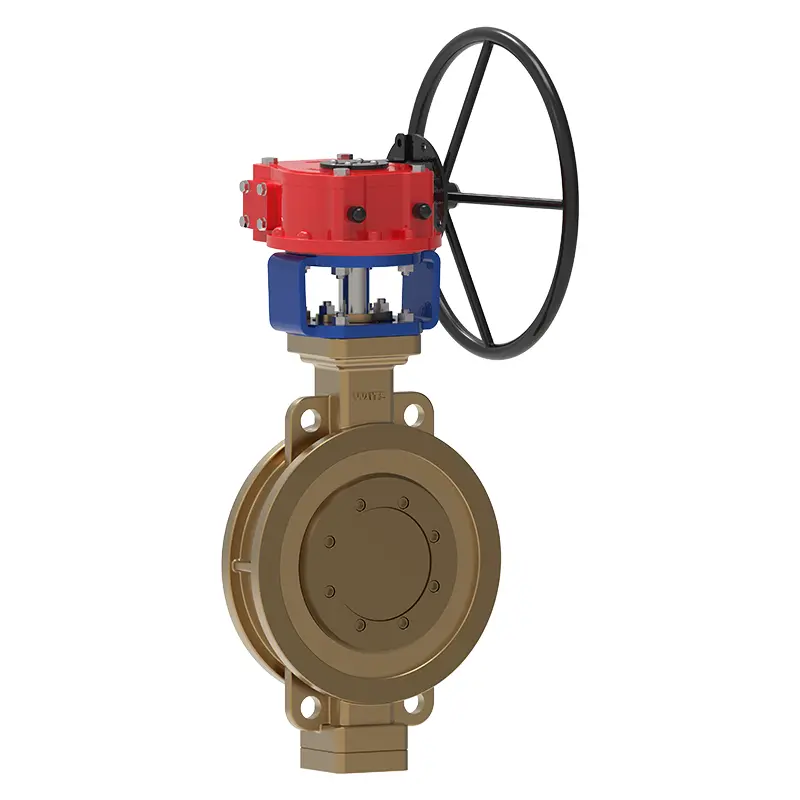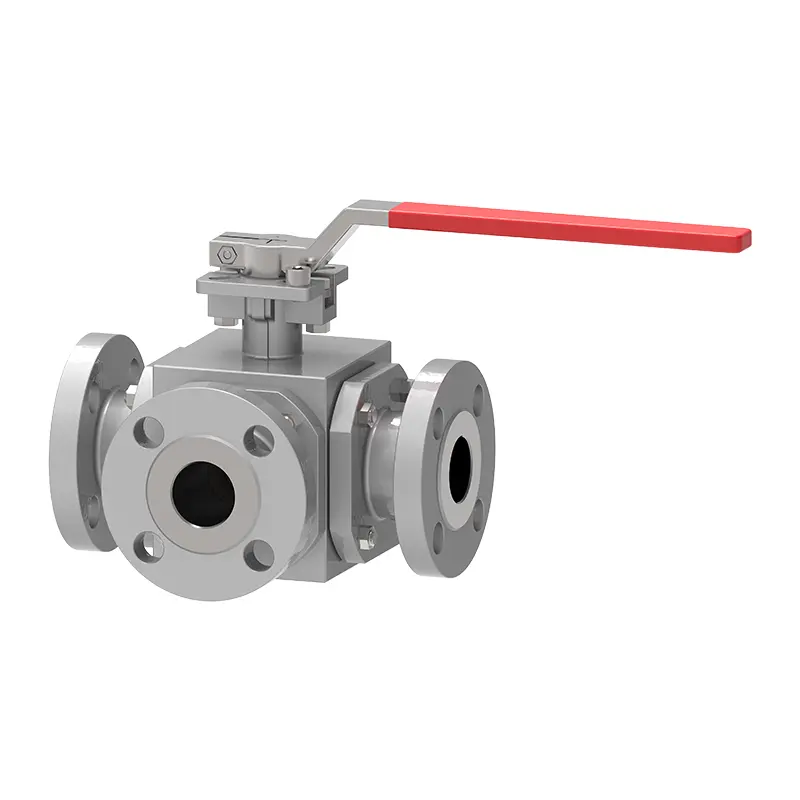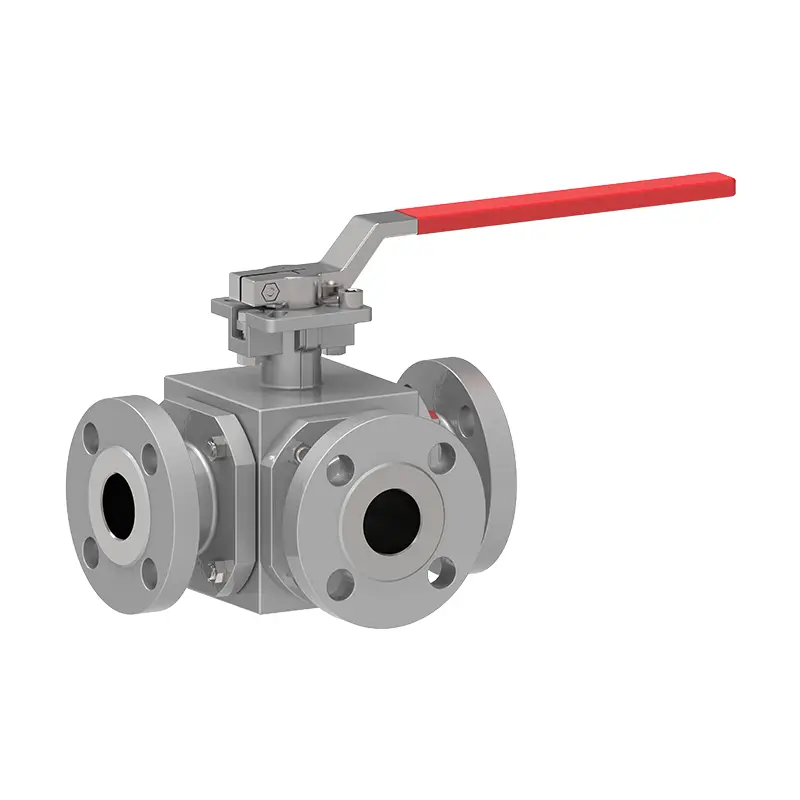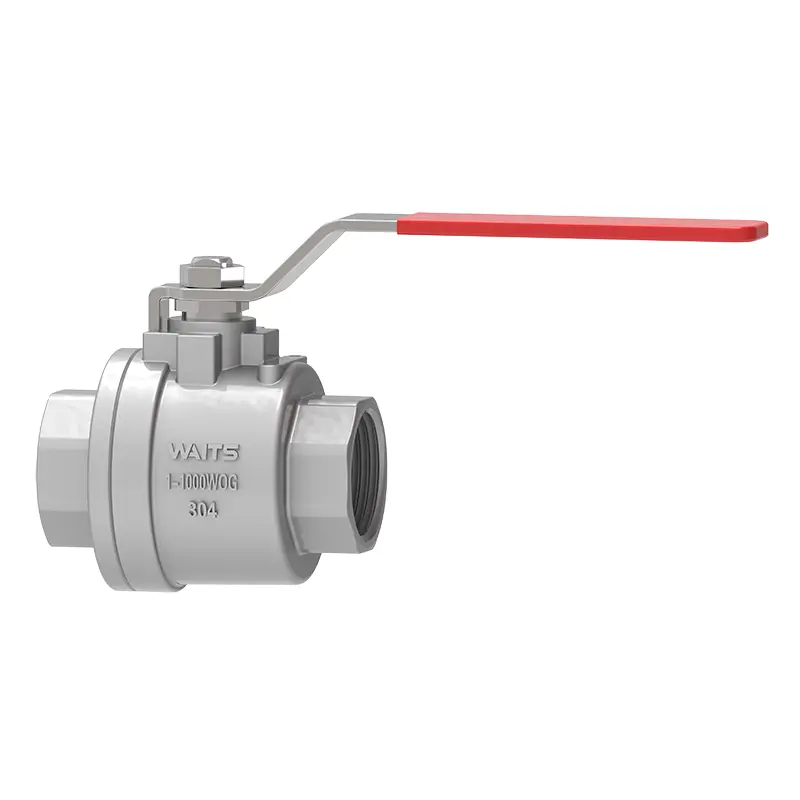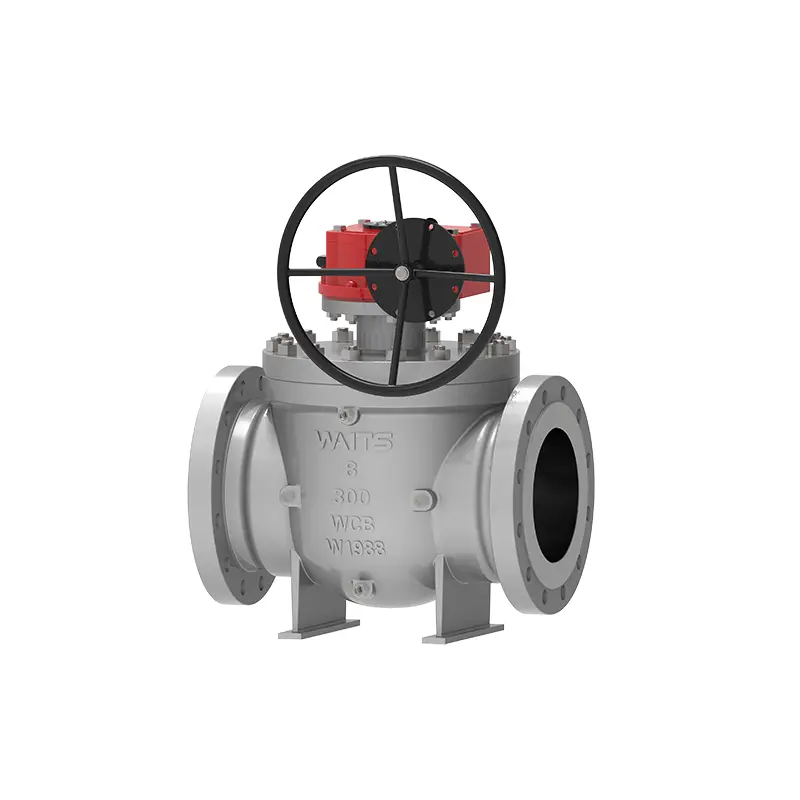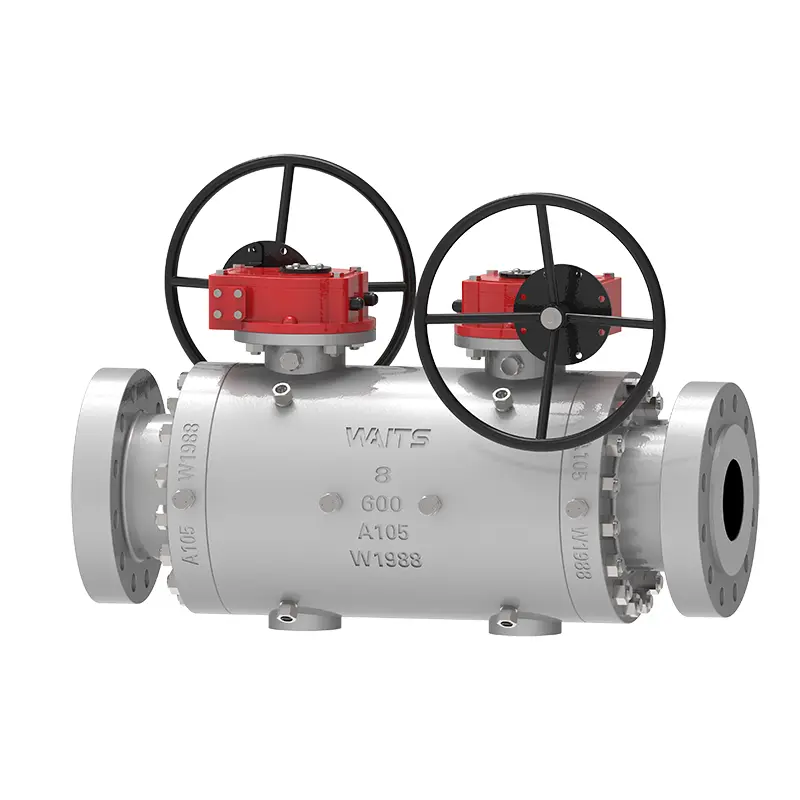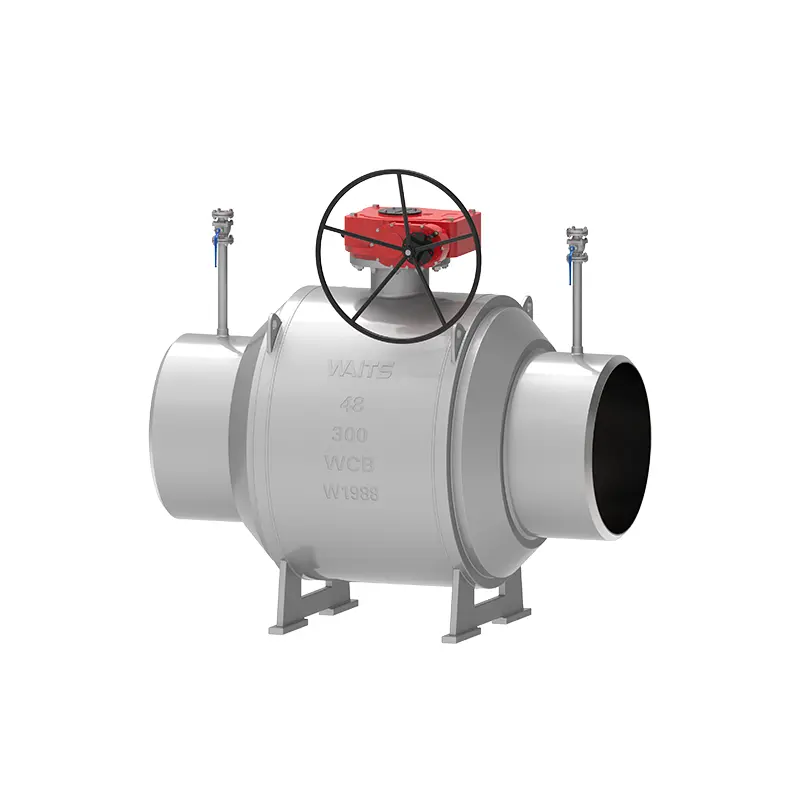- English
- Esperanto
- беларускі
- Hrvatski
- ქართული
- Монгол хэл
- O'zbek
- Հայերեն
- Sundanese
- Español
- Português
- русский
- Français
- 日本語
- Deutsch
- tiếng Việt
- Italiano
- Nederlands
- ภาษาไทย
- Polski
- 한국어
- Svenska
- magyar
- Malay
- বাংলা ভাষার
- Dansk
- Suomi
- हिन्दी
- Pilipino
- Türkçe
- Gaeilge
- العربية
- Indonesia
- Norsk
- تمل
- český
- ελληνικά
- український
- Javanese
- فارسی
- தமிழ்
- తెలుగు
- नेपाली
- Burmese
- български
- ລາວ
- Latine
- Қазақша
- Română
- Srpski језик
- Wafer Concentric Butterfly Valve
- Lug-Wafer Concentric Butterfly Valve
- Flange Concentric Butterfly Valve
- Double Eccentric Butterfly Valve
- Bronze Butterfly Valve
- Ball Valve
- Concentric Butterfly Valve
- PTFE Lined Butterfly Valve
- Gate Valve
- Globe Valve
- Butterfly Valve
- Cryogenic Valve
- Check Valve
- Automatic Control Valve
- PTFE Lined Valve
- Aluminum Bronze Valve
- Strainer Valve
Three-way Ball Valve
Waits Valve is a professional valve supplier that produces high quality Three-way Ball Valve with a compact design to realize flexible flow path switching. Our valve uses PTFE seals for leak proof performance and is useful for chemical, petroleum, pharmaceutical and food industries. This ball valve is the most common type of multi port ball valve. Ports are usually described as two outlets and one inlet, or vice versa, depending on the flow direction.
Send Inquiry
Waits Valve durable Three-way Ball Valve has three ports, and the channels on the ball are designed for specific connections. Common configurations include T type and L type. The T type three-way ball valve integrates three interconnected channels in the ball, which allows fluid switching and distribution in three directions; while the L-type ball valve contains only two vertical channels to redirect fluid flow between two specified ports. The valve works by rotating the ball so that its internal channels align with the corresponding ports, allowing fluid to pass through, or blocking fluid flow when rotated to a specific angle. For example, in a T type valve, adjusting the position of the ball can customize the port combination, and customized valves can meet different process flows.
Choose Let me introduce this product to you!
Before introducing the different types, let's first understand what a 3 way valve is. The Three-way Ball Valve is a valve with three ports (also called openings). There is a metal ball with an opening at the connection between the ports to control the flow direction of the medium.
A fluid or gas (media) flows through the valve and there is a mechanism that rotates the ball to direct the fluid from one location to another.
While 2 way ball valves are the most common overall, three-way ball valves are the most widely used type of multi port ball valve. They offer more flow control options than a standard two way ball valve and are often used in applications where flow needs to be split, mixed, or redirected. Ports are often described as two outlets and one inlet, or vice versa, depending on the direction of flow.
| Implementation Standards-Three-way Ball Valve | |
| Design Standards | API 6D, API 608, BS5351 |
| Flange Standard | ASME B16.5/ASME B16.47- A/B / EN1092-1/2 |
| Connection | SW, BW, RTJ, RF, NPT |
| Test Acceptance | API 598 EN12266 |
| Structure Length | API6D, ASME B16.10, EN588 |
| Pressure and Temperature Ratings | ASME B16.34 |
| Fire Test | API 6FA API 607 |
| Low Leakage Standard | ISO 15848-1, API 622 |
| Anti-Corrosion Design | NACE MR 0175 |
|
|
|
| Application-Three-way Ball Valve | |
| Size | NPS 1/4″~ NPS 12″ DN6~ DN300 |
| Pressure Range | CL150~CL2500 PN10 ~ PN420 |
| Temperature Range | -46℃~540℃ |
| Application | Applicable to water, oil, gas, steam, corrosive liquids and fluids containing particles, and often used for flow diversion, confluence and reversing control in chemical, petroleum, natural gas and other industries. |
| Drive Mode | Hydraulic, pneumatic, electric, handle, worm gear |
| Valve Body/Valve Cover |
Forgings: A105, A182 F304, F304L, F316, F316L, F51, F53, B148, A350 LF2, LF3, LF5 Castings: A216 WCB, CF3, CF8, CF3M, CF8M, 4A, 5A, C95800, LCB, LCC, LC2 |
| Valve Core/Internal Parts | Forgings: A105, A182 F304, F304L, F316, F316L, F51, F53, B148, A350 LF2, LF3, LF5, Monel |
| Valve Seat | PTFE, RTFE, hard seal Valve Seat uses stainless steel cladding alloy |
| Valve Stem | A182-F6a-F304-F316-F51 17-4PH/XM-19 ... |
Product Features
The Waits three-way ball valve ensures a smooth flow path—when fully open, the ball’s passage aligns with the pipeline’s inner diameter, minimizing flow resistance and energy loss, that making it ideal for high-flow, high-velocity fluid transfer. Its superior sealing performance stems from the tight fit between the ball and resilient valve seats, which form a reliable sealing line even under high-pressure differentials to prevent leakage. Simple operation is achieved with a 90° rotation of the ball for full opening/closing, requiring minimal torque and supporting manual, electric, or pneumatic actuators for remote or automated control. Flexible flow management allows T-type valves to switch and distribute fluid among three ports, while L-type valves redirect flow between two specific ports, catering to diverse process needs. Extended service life is guaranteed through wear- and corrosion-resistant materials like stainless steel or alloy steel for critical components, reducing maintenance frequency and costs. Broad applicability covers water, oil, gas, steam, and corrosive media, with the ability to operate reliably across a wide temperature range from cryogenic to high heat and pressure conditions from fow to high.
